Blog
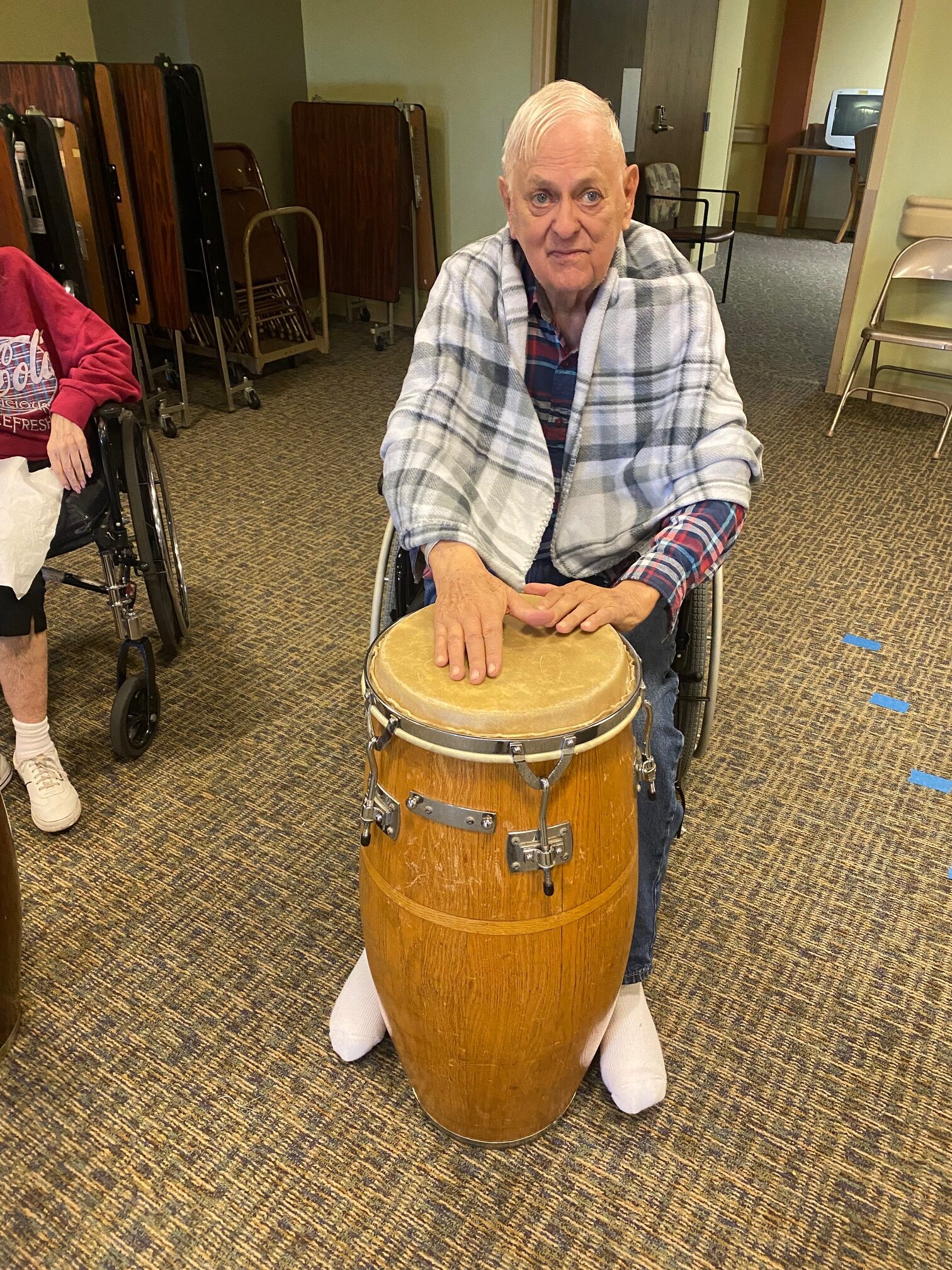
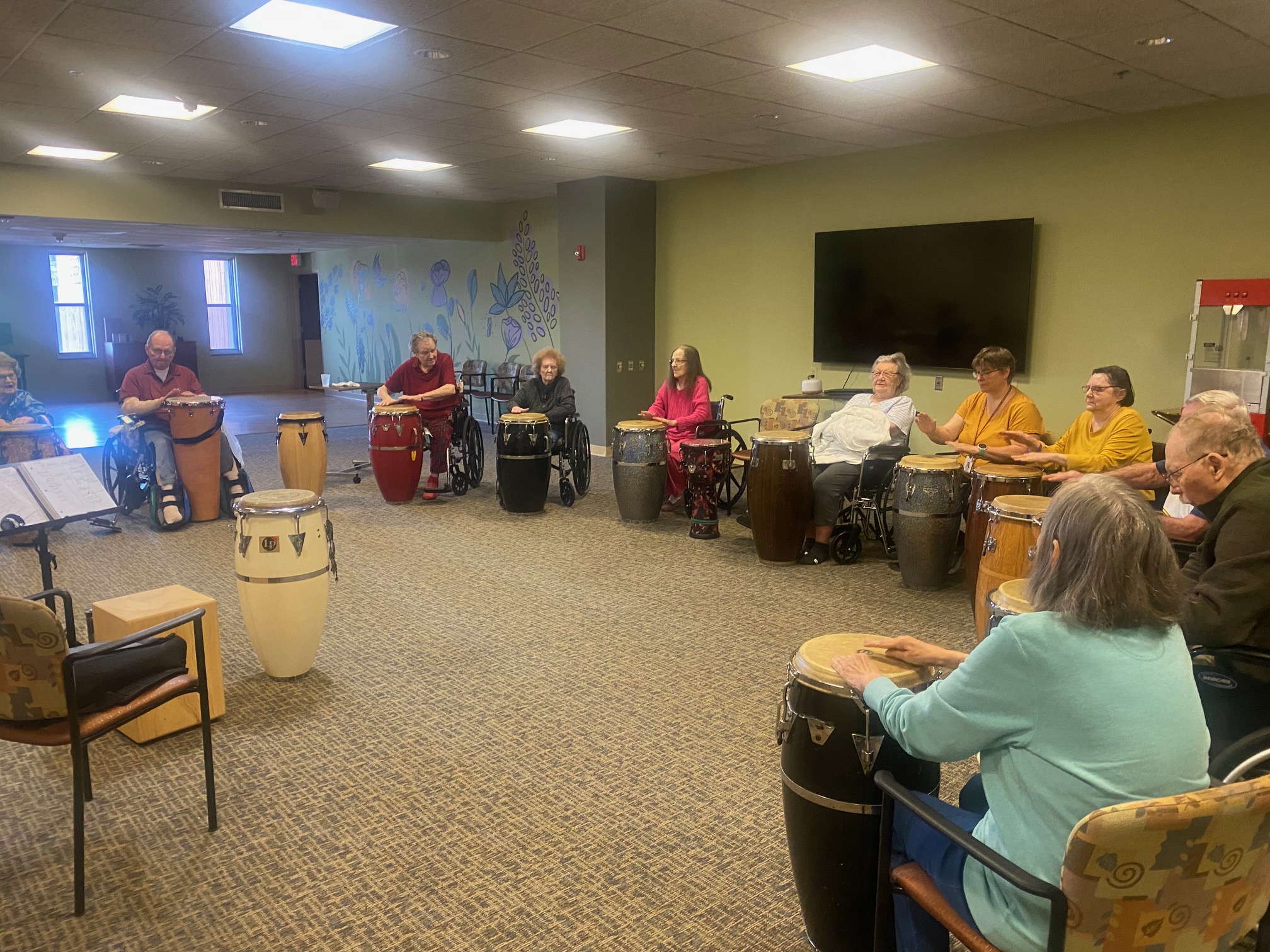
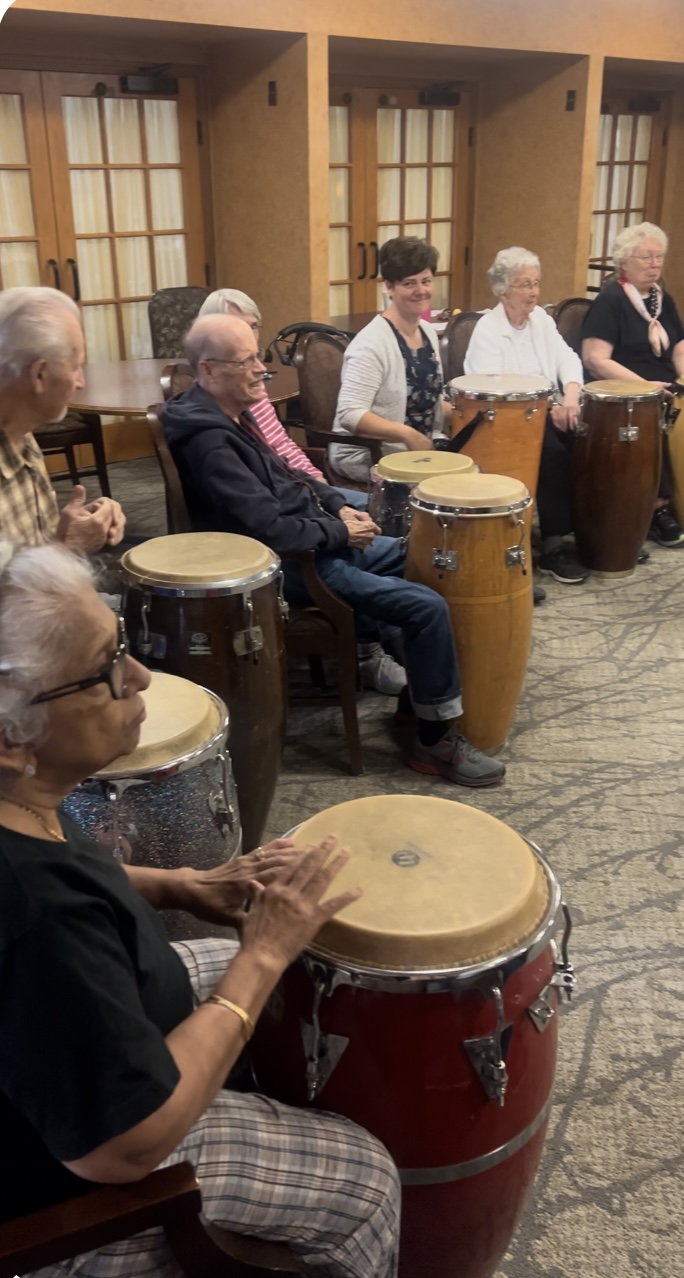
This striking image captures the interacting galaxy pair known as Arp-Madore 2339-661, so named because they belong to the Arp-Madore catalogue of peculiar galaxies. However, this particular peculiarity might be even odder than first meets the eye, as there are in fact three galaxies interacting here, not just two. The two clearly defined galaxies are NGC 7733 (smaller, lower right) and NGC 7734 (larger, upper left). The third galaxy is currently referred to as NGC 7733N, and can actually be spotted in this picture if you look carefully at the upper arm of NGC 7733, where there is a visually notable knot-like structure, glowing with a different colour to the arm and obscured by dark dust. This could easily pass as part of NGC 7733, but analysis of the velocities (speed, but also considering direction) involved in the galaxy shows that this knot has a considerable additional redshift, meaning that it is very likely its own entity and not part of NGC 7733. This is actually one of the many challenges that observational astronomers face: working out whether an astronomical object really is just one, or one lying in front of another as seen from Earth’s perspective! All three galaxies lie quite close to each other, roughly 500 million light-years from Earth in the constellation Tucana, and, as this image shows, they are interacting gravitationally with one another. In fact, some science literature refers to them as a ‘merging group’, meaning that they are on a course to ultimately become a single entity. [Image Description: Two spiral galaxies. Each glows brightly in the centre, where a bar stretches from side to side. The upper one is more round and its arms form two thin rings. The lower galaxy is flatter and its arms make one outer ring; a dusty knot atop its upper arm marks out a third object. Gravity is pulling gas and dust together where the galaxies come close. A number of small galaxies surround them on a black background.]
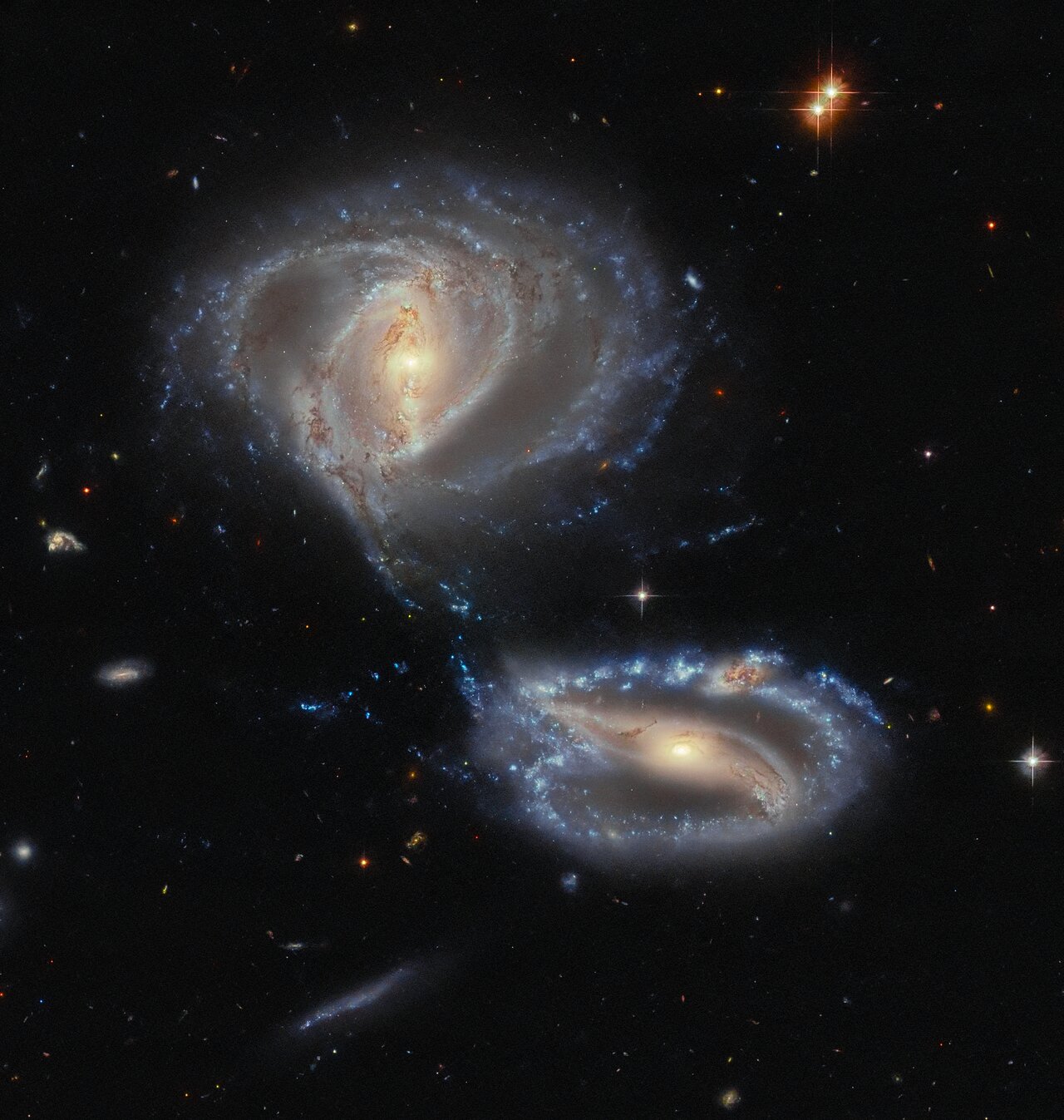
Ernest James Watts (born October 23, 1945) is an American jazz and rhythm and blues saxophonist who plays soprano, alto, and tenor saxophone. He has worked with Charlie Haden‘s Quartet West and toured with the Rolling Stones. On Frank Zappa‘s album The Grand Wazoo he played the “Mystery Horn”, a straight-necked C melody saxophone. He played the notable saxophone riff on “The One You Love” by Glenn Frey. Watts was born in Norfolk, Virginia, and began playing saxophone at thirteen. After a brief period at West Chester University, he attended the Berklee College of Music on a Down Beat magazine scholarship. He toured with Buddy Rich in the late-1960s, occupying one of the alto saxophone chairs. He visited Africa on a U.S. State Department tour with Oliver Nelson‘s group. For twenty years he played alto saxophone with The Tonight Show Band under Doc Severinsen. He was a featured soloist on many of Marvin Gaye‘s albums on Motown during the 1970s, as well as on many other pop and R&B sessions during his twenty-five years as a studio musician in Los Angeles. He has won two Grammy Awards as an instrumentalist.
https://www.youtube.com/watch?v=THmLkXB9Glk
more...Frank Hewitt (October 23, 1935 – September 5, 2002) was an American hard bop jazz pianist.
Born in Queens, New York, Hewitt lived most of his life in Harlem. His mother was a church pianist, and he initially studied classical and gospel music, but switched to jazz after hearing a Charlie Parker record. He took the bop pianists Thelonious Monk, Bud Powell and Elmo Hope as his role models. In the 1950s and 1960s, he worked with Howard McGhee, Cecil Payne, John Coltrane, Dinah Washington and Billie Holiday, among others; in 1961, he also participated in the Living Theater‘s production of Jack Gelber‘s The Connection. He became a regular figure in the circle of the pianist Barry Harris. In the 1990s, Hewitt became a central figure at New York’s Smalls Jazz Club; aside from playing there several nights a week, he sometimes also ended up using the walk-in refrigerator as a place to bunk when times were rough.
more...William “Sonny” Criss (23 October 1927 – 19 November 1977) was an American jazz musician.
An alto saxophonist of prominence during the bebop era of jazz, he was one of many players influenced by Charlie Parker.
William Criss was born in Memphis, Tennessee, United States, and moved to Los Angeles at the age of 15. He then went on to play in various bands including Howard McGhee‘s, which also featured Charlie Parker.
Criss had developed his own, concise, bluesy tone by this point, and though his basic style did not vary much, his ability on the instrument continued to develop. Nevertheless, he continued to drift from band to band, and played on some records with Johnny Otis and Billy Eckstine.
more...Corona Australis is a constellation in the Southern Celestial Hemisphere. Its Latin name means “southern crown”, and it is the southern counterpart of Corona Borealis, the northern crown. It is one of the 48 constellations listed by the 2nd-century astronomer Ptolemy, and it remains one of the 88 modern constellations. The Ancient Greeks saw Corona Australis as a wreath rather than a crown and associated it with Sagittarius or Centaurus. Other cultures have likened the pattern to a turtle, ostrich nest, a tent, or even a hut belonging to a rock hyrax.
Although fainter than its northern counterpart, the oval- or horseshoe-shaped pattern of its brighter stars renders it distinctive. Alpha and Beta Coronae Australis are the two brightest stars with an apparent magnitude of around 4.1. Epsilon Coronae Australis is the brightest example of a W Ursae Majoris variable in the southern sky. Lying alongside the Milky Way, Corona Australis contains one of the closest star-forming regions to the Solar System—a dusty dark nebula known as the Corona Australis Molecular Cloud, lying about 430 light years away. Within it are stars at the earliest stages of their lifespan. The variable stars R and TY Coronae Australis light up parts of the nebula, which varies in brightness accordingly.
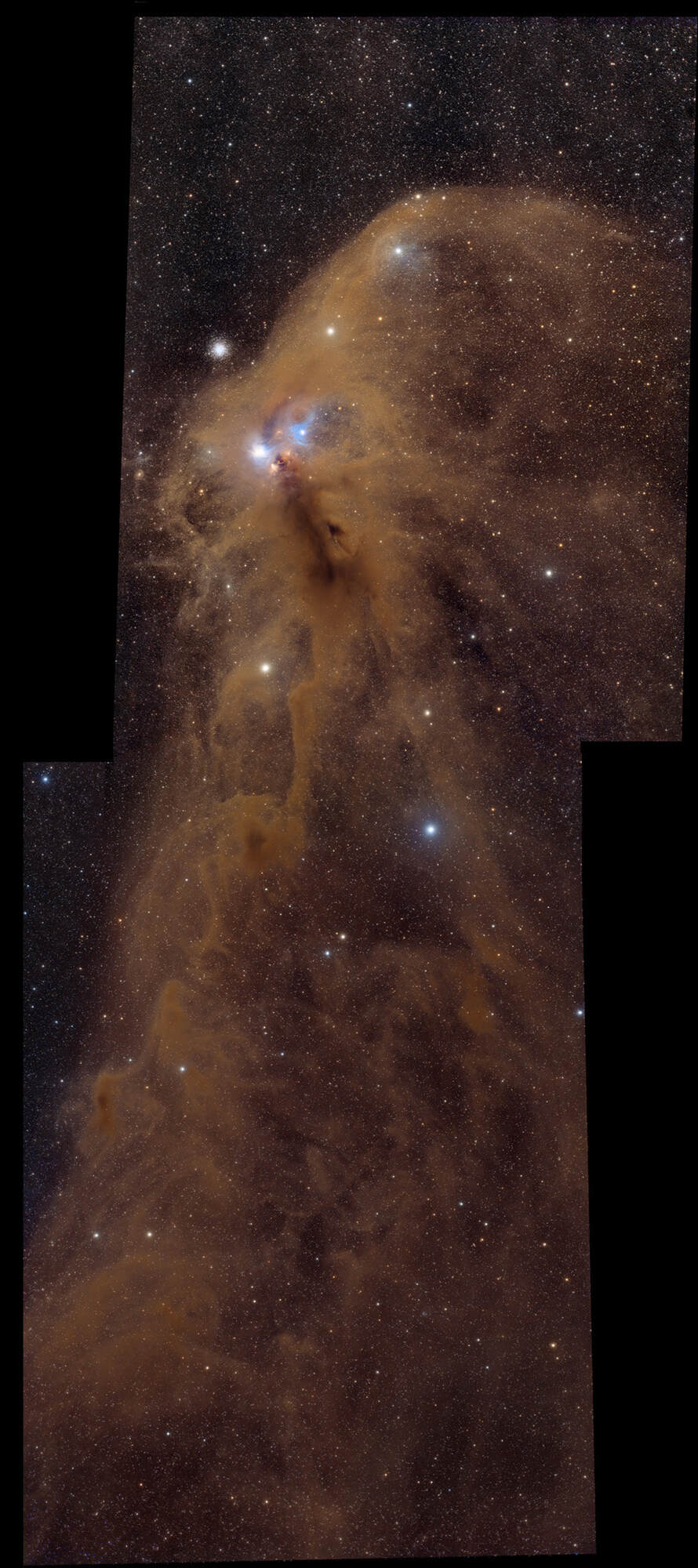
Leslie Abel West (born Weinstein; October 22, 1945 – December 23, 2020) was an American guitarist, singer and songwriter. He was the co-founder, guitarist and co-lead vocalist of the rock band Mountain. West was named the 245th greatest guitarist of all time by Rolling Stone in 2023.
West was born in New York City on October 22, 1945, to Jewish parents. He grew up in Hackensack, New Jersey, and in East Meadow, Forest Hills, and Lawrence, New York. After his parents divorced, he changed his surname to West. His musical career began with the Vagrants, an R&B/blue-eyed soul-rock band influenced by the likes of the Rascals that was one of the few teenage garage rock acts to come out of the New York metropolitan area itself (as opposed to the Bohemian Greenwich Village scene of artists, poets, and affiliates of the Beat Generation, which produced bands like the Fugs and the Velvet Underground). The Vagrants had two minor hits in the Eastern United States: 1966’s “I Can’t Make a Friend” and a cover of Otis Redding‘s “Respect” the following year.
more...Franz Liszt (22 October 1811 – 31 July 1886) was a Hungarian composer, virtuoso pianist, conductor, and teacher of the Romantic period. With a diverse body of work spanning more than six decades, he is considered to be one of the most prolific and influential composers of his era and remains one of the most popular composers in modern concert piano repertoire.
Liszt first gained renown during the early nineteenth century for his virtuoso skill as a pianist. Regarded as one of the greatest pianists of all time, he toured Europe during the 1830s and 1840s, often playing for charity. In these years, Liszt developed a reputation for his powerful performances as well as his physical attractiveness. In what has now been dubbed “Lisztomania“, he rose to a degree of stardom and popularity among the public not experienced by the virtuosos who preceded him — whereas earlier performers mostly served the upper class, Liszt attracted a more general audience. During this period and into his later life, Liszt was a friend, musical promoter and benefactor to many composers of his time, including Frédéric Chopin, Charles-Valentin Alkan, César Franck, Richard Wagner, Hector Berlioz, Robert Schumann, Clara Schumann, Camille Saint-Saëns, Edvard Grieg, Ole Bull, Joachim Raff, Mikhail Glinka, and Alexander Borodin.
Liszt was one of the most prominent representatives of the New German School (German: Neudeutsche Schule). He left behind an extensive and diverse body of work that influenced his forward-looking contemporaries and anticipated 20th-century ideas and trends. Among Liszt’s musical contributions were the symphonic poem, developing thematic transformation as part of his experiments in musical form, and radical innovations in harmony. Liszt has also been regarded as a forefather of Impressionism in music, with his Années de pèlerinage, often regarded as his masterwork, featuring many impressionistic qualities. In a radical departure from his earlier compositional styles, many of Liszt’s later works also feature experiments in atonality, foreshadowing the serialist movement of the 20th century.
more...Douglas Clare Fischer (October 22, 1928 – January 26, 2012) was an American keyboardist, composer, arranger, and bandleader. After graduating from Michigan State University (from which, five decades later, he would receive an honorary doctorate), he became the pianist and arranger for the vocal group the Hi-Lo’sin the late 1950s. Fischer went on to work with Donald Byrd and Dizzy Gillespie, and became known for his Latin and bossa nova recordings in the 1960s. He composed the Latin jazz standard “Morning“, and the jazz standard “Pensativa“. Consistently cited by jazz pianist and composer Herbie Hancock as a major influence (“I wouldn’t be me without Clare Fischer”), he was nominated for eleven Grammy Awards during his lifetime, winning for his landmark album, 2+2 (1981), the first of Fischer’s records to incorporate the vocal ensemble writing developed during his Hi-Lo’s days into his already sizable Latin jazz discography; it was also the first recorded installment in Fischer’s three-decade-long collaboration with his son Brent. Fischer was also a posthumous Grammy winner for ¡Ritmo! (2012) and for Music for Strings, Percussion and the Rest (2013).
Beginning in the early 1970s, Fischer embarked on a parallel (and far more lucrative) career, eventually becoming a much sought-after arranger, providing orchestral “sweeteners” for pop and R&B artists such as Rufus (with Chaka Khan), Prince (a regular client from 1984 onwards, and by far Fischer’s most frequent in pop music), Robert Palmer, Paul McCartney, Michael Jackson and many others. Fischer was the third of four children born to Cecil and Louella (Roussin) Fischer of Durand, Michigan, United States.
more...Cándido Camero Guerra (22 April 1921 – 7 November 2020), known simply as Cándido, was a Cuban conga and bongo player. He is considered a pioneer of Afro-Cuban jazz and an innovator in conga drumming. He was responsible for the embracing of the tuneable conga drum, the first to play multiple congas developing the techniques that all players use today, as well as the combination of congas, bongos, and other instruments such as the foot-operated cowbell, an attached guiro, all played by just one person. Thus he is the creator of the multiple percussion set-up.
After moving to New York in 1946, Camero played with Dizzy Gillespie, Billy Taylor and Stan Kenton, and from 1956 he recorded several albums as a leader. His biggest success came in 1979 with his discorecordings for Salsoul. He continued to perform until the late 2010s, recording several albums for the audiophile label Chesky Records, including Inolvidable, with Graciela, which earned him a nomination at the 47th Annual Grammy Awards.
Cándido Camero Guerra was born in the barrio known as El Cerro, in Havana, to Caridad Guerra and Cándido Camero. His interest in music began at the age of 4, when his maternal uncle Andrés, a professional bongosero for the Septeto Segundo Nacional, taught him to play bongos on condensed milk cans.
more...Comet C/20223 E1 (Atlas) meets The Squid (Ou4) and The Bat Nebula SH2-129. Imaged Remotely from Spain with the Tak Epsilon 130ED and the asi6200mm pro
Exposure times were 75x 120s in each RGB filter 36x 300in Ha and 125x 300s in OIII. The comet was passing by in the early hours on the 30th of July 2023.
Those who have imaged this part of the sky will know what a challenge it is to do, this took me several iterations to before I was happy it. Processed in Pixinsight and Photoshop.
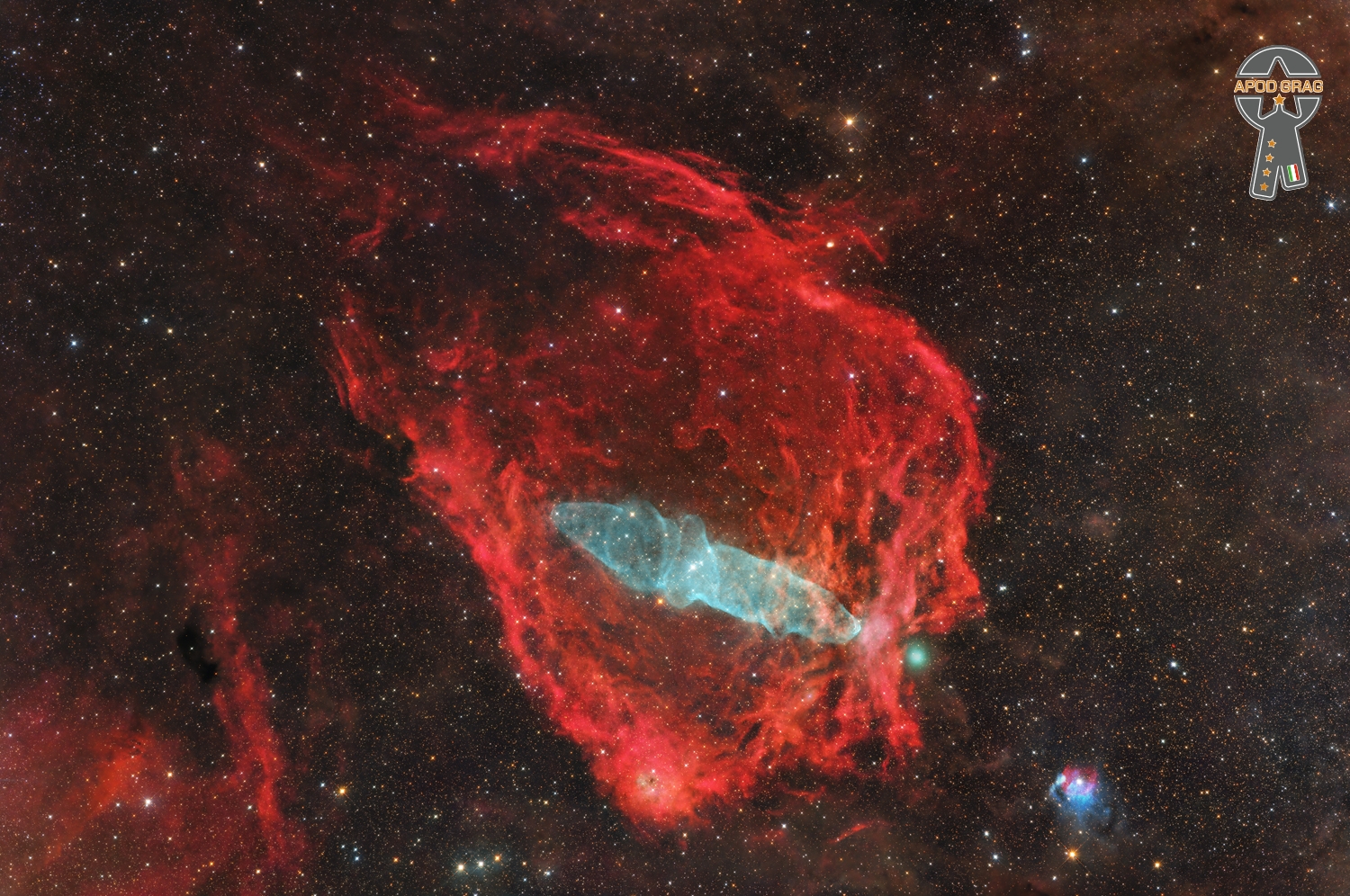
Steven Lee Cropper (born October 21, 1941), sometimes known as “The Colonel“, is an American guitarist, songwriter and record producer. He is the guitarist of the Stax Records house band, Booker T. & the M.G.’s, which backed artists such as Otis Redding, Sam & Dave, Carla Thomas, Rufus Thomas and Johnnie Taylor. He also acted as the producer of many of these records. He was later a member of the Blues Brothers band. Rolling Stone magazine ranked him 36th on its list of the 100 greatest guitarists of all time, while he has won two Grammy Awards from his seven nominations.
Born on a farm near Willow Springs, Missouri, Cropper lived in Dora and West Plains before moving with his family to Memphis at age 9. In Memphis, he was exposed to black church music, which had an impact on him musically. Cropper acquired his first guitar at age 14.
more...Manfred Sepse Lubowitz (born 21 October 1940), known professionally as Manfred Mann, is a South African-born musician, resident in the UK since 1961. He is best known as a founding member of the bands Manfred Mann, Manfred Mann Chapter Three and Manfred Mann’s Earth Band.
Lubowitz was raised in a Lithuanian Jewish family in Johannesburg, the son of David Lubowitz and Alma Cohen. He studied music at the University of the Witwatersrand, and worked as a jazz pianist at a number of clubs in Johannesburg.
more...Úrsula Hilaria Celia de la Caridad Cruz Alfonso (21 October 1925 – 16 July 2003), known as Celia Cruz, was a Cuban singer and one of the most popular Latin artists of the 20th century. Cruz rose to fame in Cubaduring the 1950s as a singer of guarachas, earning the nickname “La Guarachera de Cuba”. In the following decades, she became known internationally as the “Queen of Salsa” due to her contributions to Latin music. She had sold over 10 million copies, making her one of the best-selling Latin music artists.
She began her career in her native Cuba, earning recognition as a vocalist of the popular musical group Sonora Matancera, a musical association that lasted fifteen years (1950-1965). Cruz mastered a wide variety of Afro-Cuban music styles including guaracha, rumba, afro, son and bolero, recording numerous singles in these styles for Seeco Records. In 1960, after the Cuban Revolution caused the nationalization of the music industry, Cruz left her native country, becoming one of the symbols and spokespersons of the Cuban community in exile. Cruz continued her career, first in Mexico, and then in the United States, the country that she took as her definitive residence. In the 1960s, she collaborated with Tito Puente, recording her signature tune “Bemba colorá”. In the 1970s, she signed for Fania Records and became strongly associated with the salsa genre, releasing hits such as “Quimbara”. She often appeared live with Fania All-Stars and collaborated with Johnny Pacheco and Willie Colón. During the last years of her career, Cruz continued to release successful songs such as “La vida es un carnaval” and “La negra tiene tumbao“.
Her musical legacy is made up of a total of 37 studio albums, as well as numerous live albums and collaborations. Throughout her career, she was awarded numerous prizes and distinctions, including two Grammy Awards and three Latin Grammy Awards. In addition to her prolific career in music, Cruz also made several appearances as an actress in movies and telenovelas. Her catchphrase “¡Azúcar!” (“Sugar!”) has become one of the most recognizable symbols of salsa music.
more...More Posts
- Freddie Hubbard
- Ravi Shankar
- Mongo Santamaría
- Billie Holiday
- Amadou Bagayoko Memorial
- Daily Roots Burning Spear
- Penguin Tariff
- Ram Dass
- Happy Birthday Carson
- Somali Blues with J.D. Steele
- Cosmo M81 M82
- Beverly Watkins
- Randy Weston
- John Pizzarelli
- Charlie Rouse
- Art Taylor
- World Music Maandeeq
- Daily Roots-Roots International
- National Protest Today
- WOW